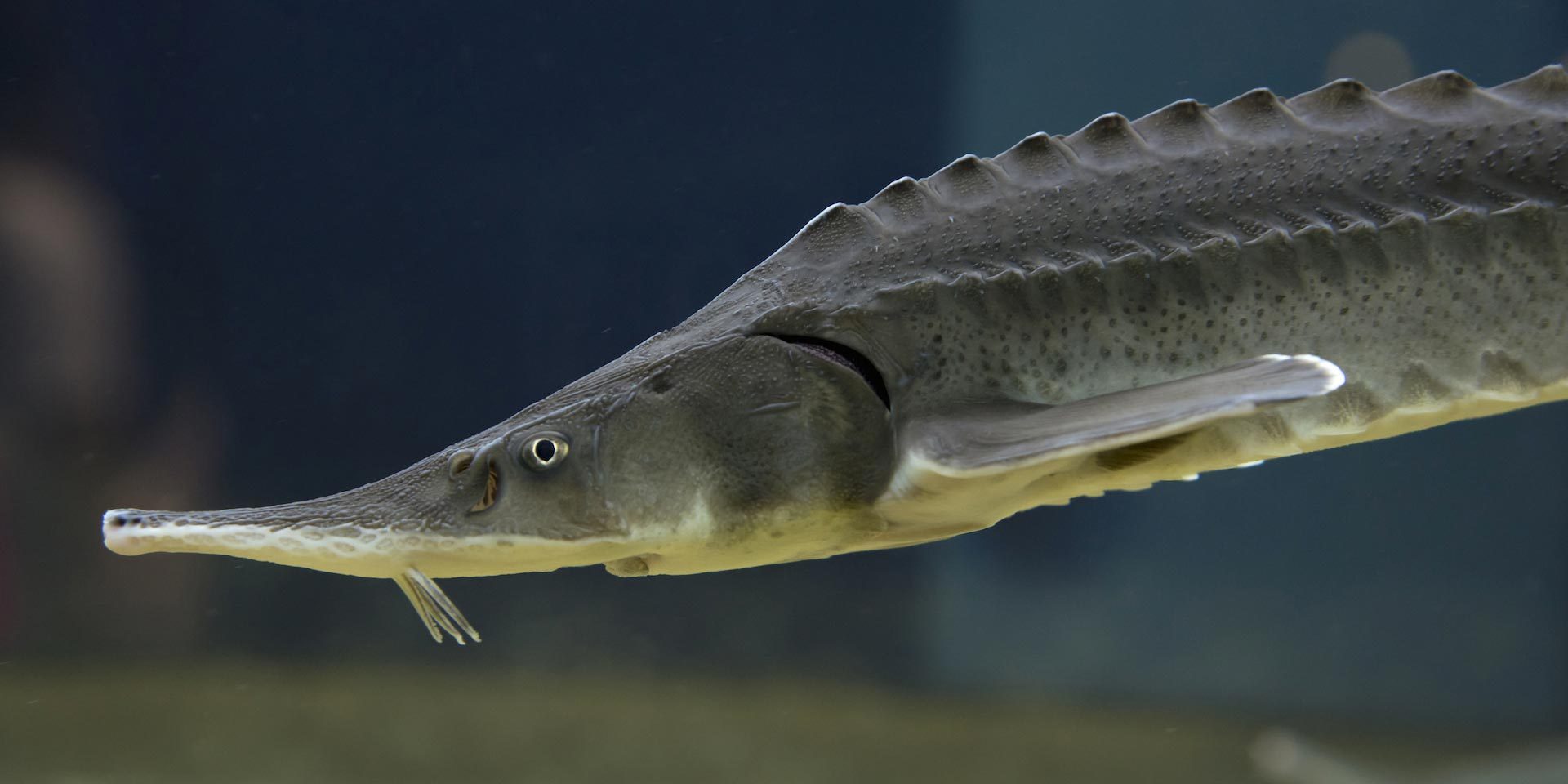Scientists have discovered a molecular marker for sex determination in sturgeon within the international project STURGEoNOMICS led by IGB. This discovery represents a significant breakthrough for evolutionary biology, for species conservation and for caviar-producing aquaculture. This genetic evidence characterizes the oldest known genetic sex-determining system in vertebrates with microscopically indistinguishable sex chromosomes. The short sex-specific DNA sequence, detected in several sturgeon species, can be traced back to a common sturgeon ancestor, 180 million years ago.
The international search for sex-linked genetic markers in sturgeon has been ongoing for decades. The discovery of this genetic element likewise provides evidence of the oldest known sex-determining system in vertebrates with undifferentiated sex chromosomes. Currently, ultrasonic diagnosis or biopsies are used for sexing sturgeon. For ultrasonic sexing to be reliable, however, sturgeons must reach advanced stages of maturation, which can take six to ten years in some species. Biopsies of the gonads are invasive. In the future, the newly developed marker will enable scientists to differentiate between males and females simply by using a cotton skin swab to obtain DNA. Furthermore, the reliability of this test even outperforms the previous methods.
This study was accepted for publication by the Philosophical Transactions of the Royal Society B on 23 October 2020 and will appear in a theme issue on sex chromosome evolution in spring 2021. A preprint is available online.



